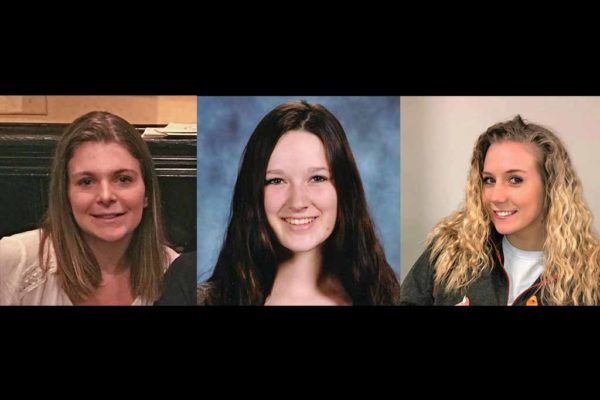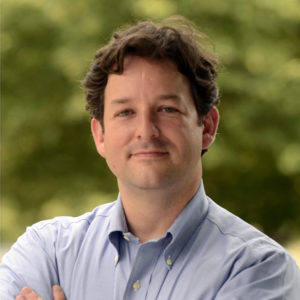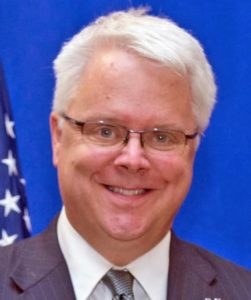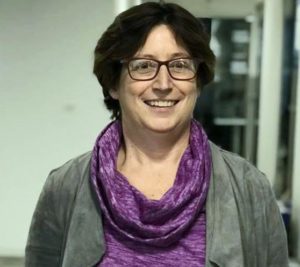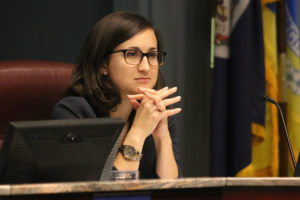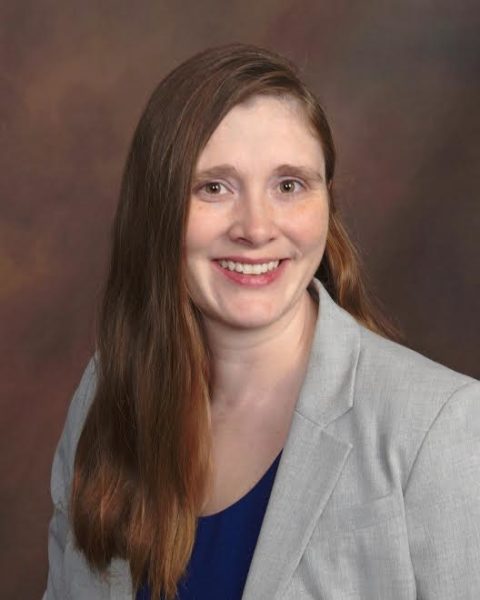 Progressive Voice is a weekly opinion column. The views and opinions expressed in the column are those of the individual authors and do not necessarily reflect the views of their organizations or ARLnow.com.
Progressive Voice is a weekly opinion column. The views and opinions expressed in the column are those of the individual authors and do not necessarily reflect the views of their organizations or ARLnow.com.
By Anne O’Brien
Child care in Arlington costs more than college–and not all families are lucky enough to find a spot.
Fortunately, the county is beginning to address the issue, with a Child Care Initiative that aims to increase the accessibility, availability and quality of child care in Arlington.
The average cost of infant care at a child care center in Arlington is $24,390 per year, according to a comprehensive analysis of child care in the county. That’s more than a year of in-state tuition, fees and room and board at Virginia Tech.
While home-based infant care is cheaper, averaging $16,929 per year, and the cost drops a bit as kids get older, child care remains a huge expense for Arlington families. That’s true for middle-class families (the median income of a family of four here is $108,600) but painfully true for our most vulnerable populations.
And child care expenses compete with money needed for transportation, food and a mortgage or rent.
In addition, there is a significant shortage of child care slots in Arlington. Nearly 70% of Arlington’s children under five live in a household where all parents work — but the county only has enough licensed full-time spots for about 33% of them. In some households, parents work nontraditional hours, or there is a language barrier or child with special needs — all of which can make it harder to find a quality child care option.
Enter nannies, au pairs, arrangements between friends and family, and hard decisions to leave small children with people who don’t have a license or other tangible child care qualification.
Also, enter withdrawal from the workforce. For some parents, there is not a choice–the high cost of quality child care or the inability to access it means that parents must give up jobs they love, impacting their earnings potential, future employability, retirement planning and mental health. It also means that valuable employees leave the companies that rely on them.
Consider the approximately 1,400 young Arlington children who live at or below the federal poverty level. Some of these children live in two-parent homes making the tough choices mentioned above. Others live in single-parent homes where no child care means no job.
What about child care subsidies for lower-income parents? State subsidies do exist, offering parents access to child care while working and gaining skills that can ultimately lead to higher income, allowing families to move off public assistance. Some families in Arlington use such subsidies, but others who qualify do not.
There is regularly a waitlist due to insufficient funds. Plus, few of Arlington’s providers accept subsidies, in part because a subsidy doesn’t cover the market rate for child care and state payments are sometimes delayed. There is also the “chicken and egg” issue: to qualify for a subsidy, you must have a job; to have a job, you must have child care.
So what needs to happen to make child care more affordable in Arlington?


